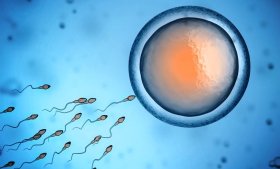News & Stories
The stories of the Faculty of Arts and Sciences: the achievements and activities of our faculty, departments, and programs.
Search & Filter
Applied Filters:
-
Koelle, a professor of molecular biophysics and biochemistry who has been recognized for teaching excellence, will begin a five-year term on July 1.
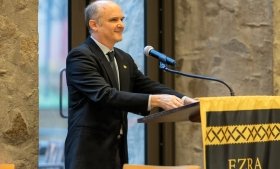
-
In a new study, Yale physicists demonstrate a new way to manipulate quasiparticles —quantum objects often used to study cutting-edge quantum technology concepts.

-
Mountaintops contain many of the world’s most diverse clusters of butterfly species, according to a new study. But climate change may turn those habitats into traps.

-
The American Association for the Advancement of Science has elected eight Yale faculty members as part of its latest class of fellows.
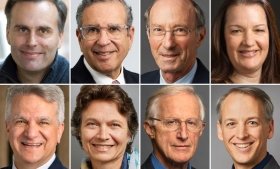
-
Helen Caines, Horace D. Taft Professor of Physics and a member of Yale’s Wright Lab, was recently elected the Vice-Chair of the 2025 Executive Committee for the American Physical Society Division of Nuclear Physics.
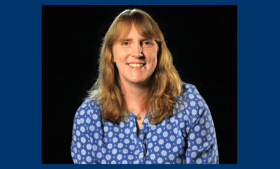
-
Natarajan has also been honored with a 2025 Suffrage Science Award from the MRC Laboratory of Medical Sciences in the UK for her pioneering contributions to astrophysics.
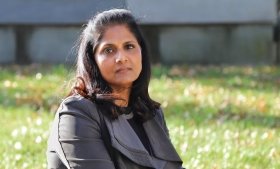
-
In a new study, Yale chemists describe an unusual method for converting carbon dioxide into the industrial compound formate.
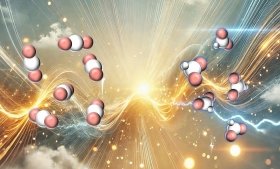
-
A new Yale study offers surprising findings into the development of bacterial biofilms, the oldest form of multicellularity on the planet.
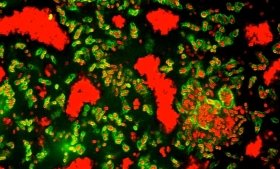
-
Matthew Eisaman, a global expert in the field of natural carbon capture, was remembered as a pioneering scientist and a valued colleague and mentor.

-
A new Yale study describes a key mechanism that blocks egg-sperm fertilization.
